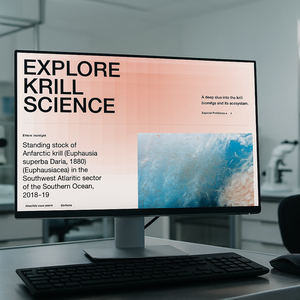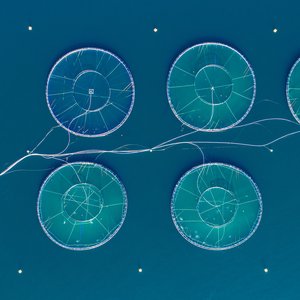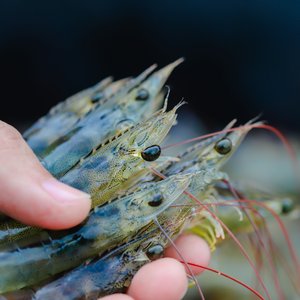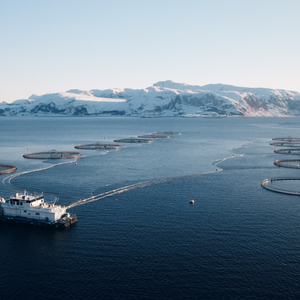Becky Gast (left) shows Roxanna Smolowitz a local clam. QPX does not infect humans but can kill clams. (Photo by Tom Kleindinst, Woods Hole Oceanographic Institution)
New Genetic Test Can Detect Clam Disease Crippling Shellfish Industry and Threatening Aquaculture OperationsA sensitive new genetic test can now detect a crippling disease called QPX occurring in clam beds from Cape Cod south to Virginia and north to Canada. Although it does not affect humans and it is not as well known as red tide, the disease can have a significant impact on a local economy by killing clams and devastating shellfish harvests and commercial aquaculture operations.
QPX - for quahog parasite unknown - is a single-celled organism related to slime mold. It was first detected in 1995 in Provincetown, MA and spread to nearby clam beds, killing nine of ten clams in many of the beds. The disease spreads from clam to clam, infecting the clam by secreting a thick mucus layer to insulate itself from the clam’s immune system.
Rebecca Gast, an associate scientist in the Biology Department at Woods Hole Oceanographic Institution (WHOI), has developed a genetic test to detect the organism not only in clams but in seawater and sediment. Since QPX also decomposes seaweed, researchers now believe it can be found in all coastal waters but doesn’t become deadly to clams until it reaches a critical concentration in the water.
Gast notes that although red tide got a lot of media attention this year, QPX is actually a bigger problem. The toxins that cause red tide in clams and other shellfish in New England do not kill the shellfish and will wash away once the red tide bloom diminishes, eventually making the shellfish safe to eat. QPX kills the clams, and there is no known cure.
Gast is working with Roxanna Smolowitz, a veterinarian at the nearby Marine Biological Laboratory, to find out what triggers the organisms to reach concentrations that become deadly, and whether that threshold varies among clam strains. Smolowitz uses traditional microscopic examination of tissues to determine if clams are sick.
Gast’s genetic test can now also be used to ensure clams without visible symptoms are not carrying the disease. With the disease spreading along the East Coast and no cure, the researchers say the best solution for shellfishermen and aquaculture operations is to keep infection levels as low as possible and try to keep seed clams free of the disease. One possible remedy may be rotating shellfish crops, much like farmers do on land.










